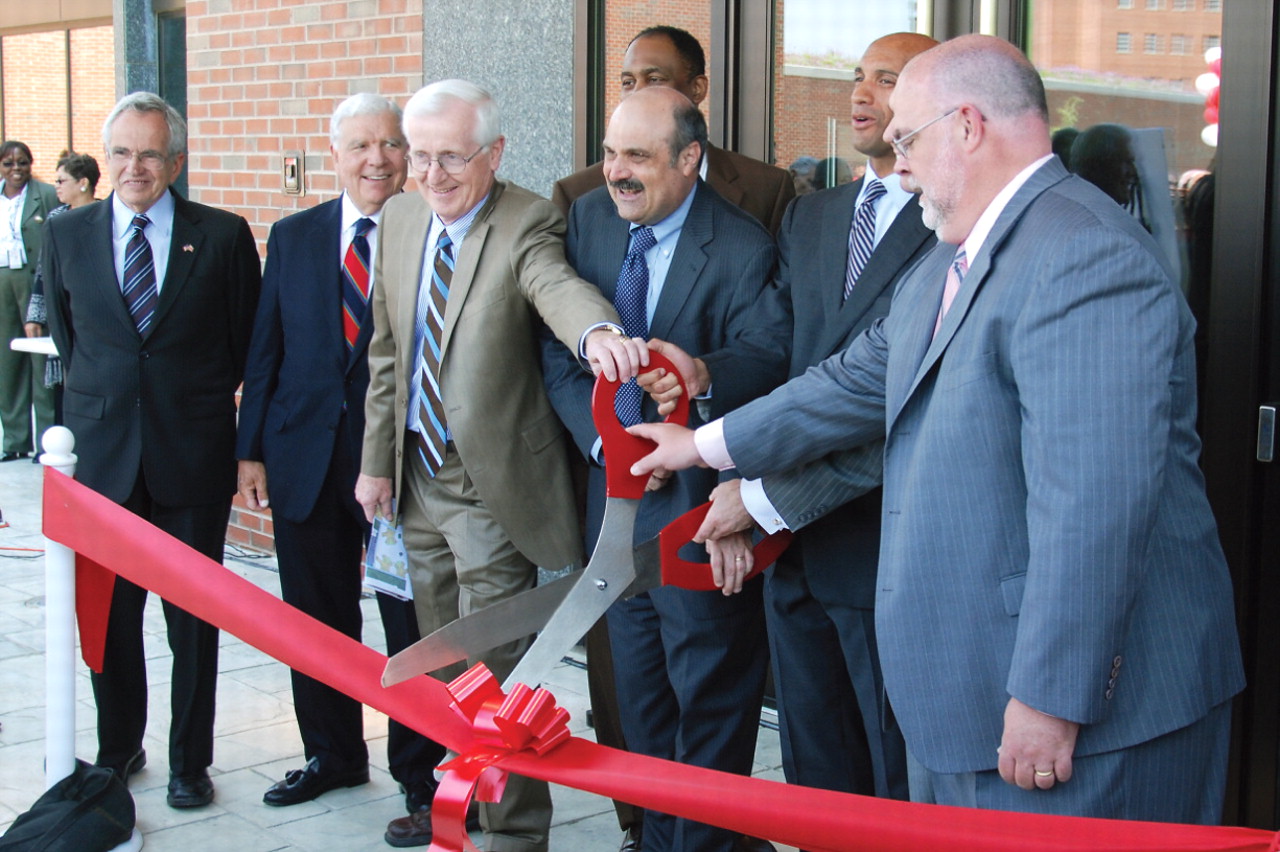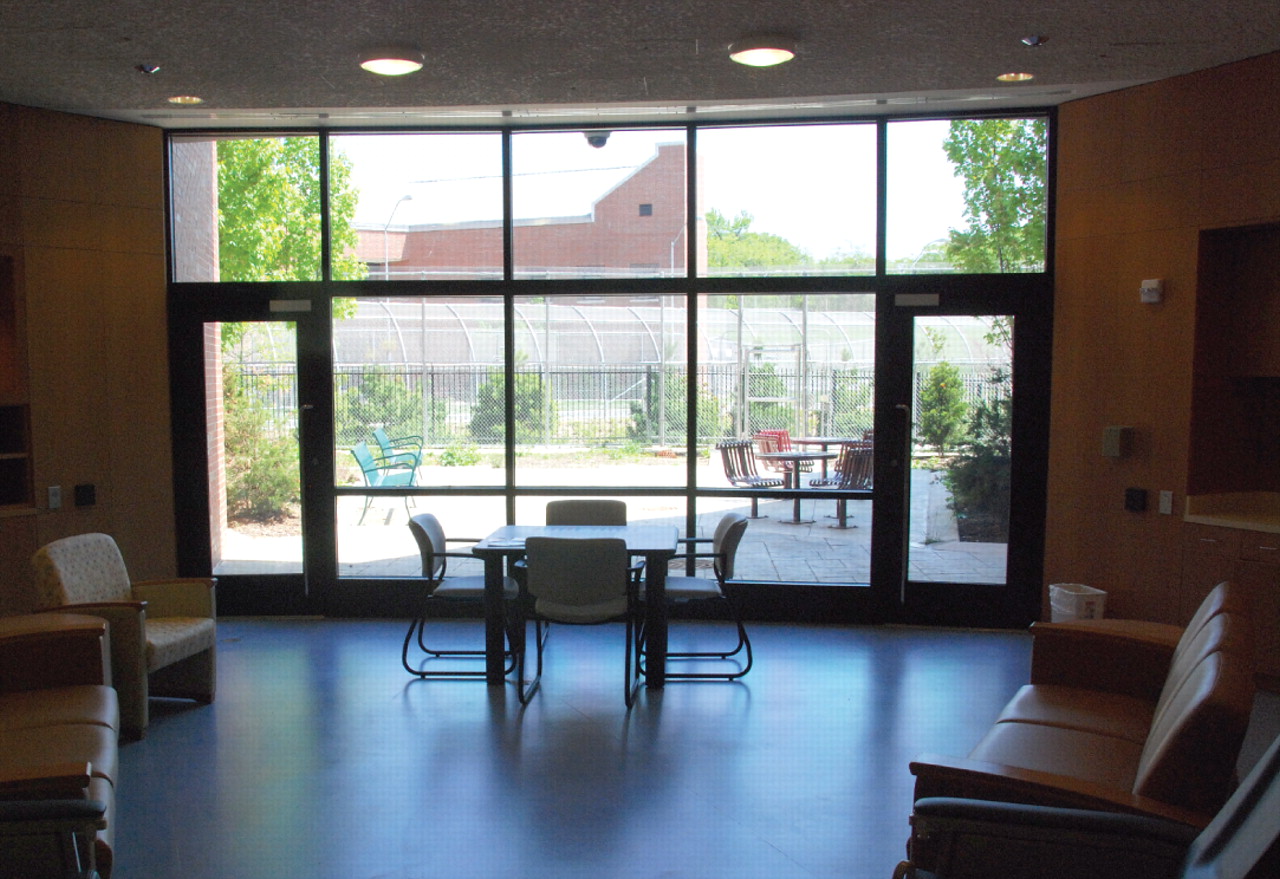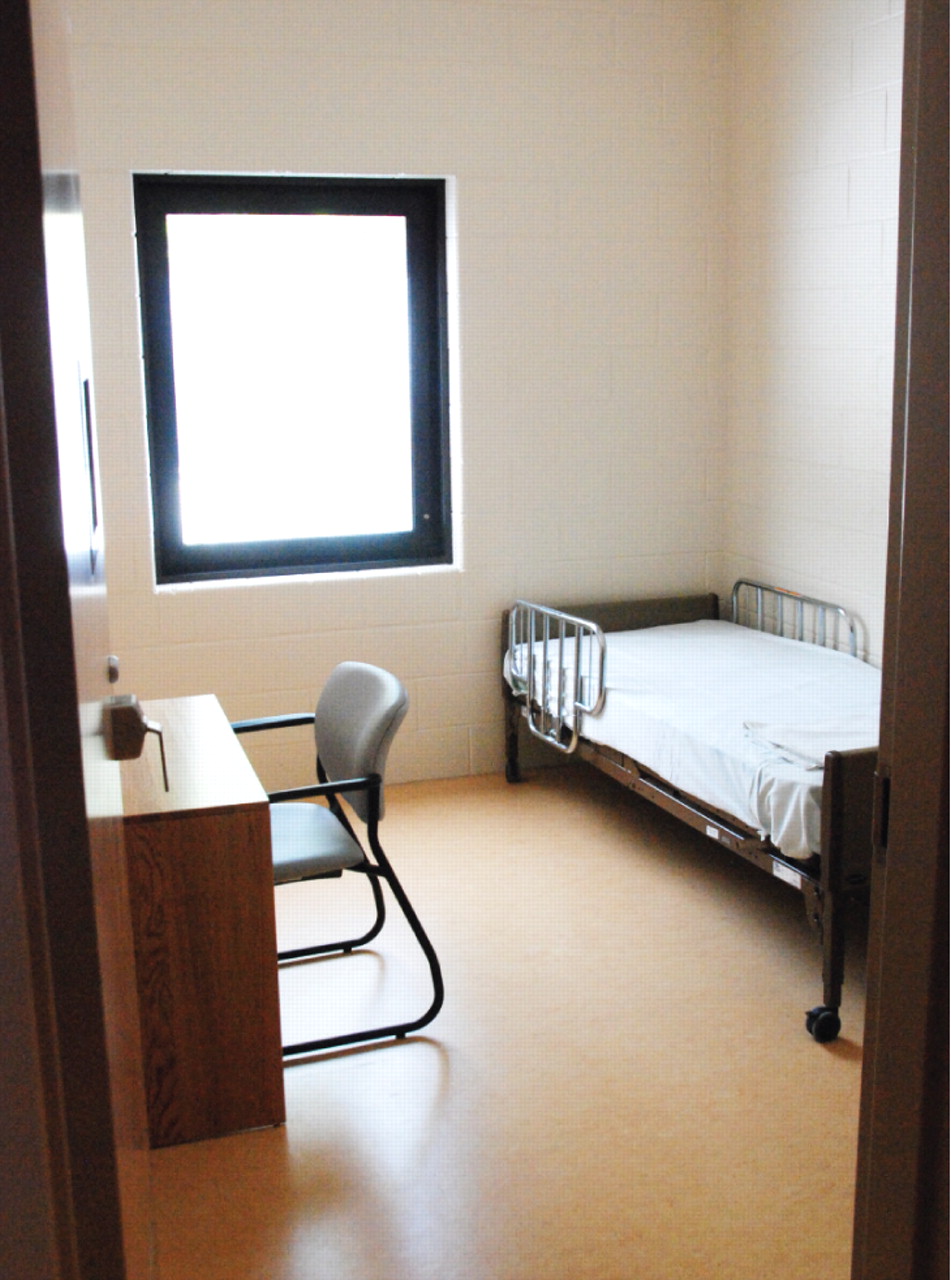One of the oldest psychiatric hospitals in the United States unveiled its newest incarnation last month and promises to restructure mental health care in the nation's capital.
St. Elizabeths Hospital, first proposed by Dorothea Dix and built before the Civil War, opened a 292-bed facility on the hospital grounds overlooking the Anacostia River in Washington, D.C.
For much of its history, the hospital served as a center for research and training as well as patient care.
Washington, D.C., Mayor Adrian Fenty praised the staff for their care of very vulnerable people as he dedicated the new building by cutting a red ribbon at the front door.
In its own way, the new St. Elizabeths reflects the spirit of the 19th-century psychiatrist Thomas Kirkbride, who designed a mental hospital plan to express the highest treatment ideals of his time, said psychiatrist Bernard Arons, M.D., director of St. Elizabeths' Office of Medical Affairs.
The building's architecture expresses the recovery model of treatment, added lead architect Marc Shaw of Einhorn Yaffee Prescott (EYP) in Washington, D.C. Patients can employ an individual level of responsibility and control.
Designing a new psychiatric hospital is a real challenge, said Shaw. “It's easy to make it secure, and it's easy to make it friendly, but it's tough to make it both.”
Each residential unit consists of a 27-bed “neighborhood” that not only houses patients but also serves to model the behavior and rhythms of the outside world in preparation for patients' return there, said Shaw. For instance, if they so choose, patients with privileges can eat in “Lizzie's Cafe” on weekends. During the week, they eat breakfast or dinner in the unit and take lunch in the treatment area.
The residential units are partially paneled with wood and gain a homey feeling from furnishings that are both durable and comfortable, said EYP interior designer Elisa Schneider.
“The modular steel furniture has cushions covered with a new generation of vinyl that is sanitary, breathable, and replaceable,” she said. “They can handle hard use and still maintain their newness.”
Shaw said his daughter walked through the hospital and told him: “It's better than my dorm at college.”
“The quality of care for the city's underserved citizens will improve,” said Steven Epstein, M.D., chair of the Department of Psychiatry at Georgetown University. His department places two or three forensic psychiatry fellows at St. Elizabeths, which also serves as a forensic training site for general psychiatry residents
“It's not just a building; it's a therapeutic environment,” said Steven Baron, M.S.W., director of the city's Office of Mental Health.
That's not the only environment the architects thought of. The 28,000-square-foot green roof over the auditorium is planted with sedum, a drought-resistant plant. Rainwater falling on both the building and grounds will be channeled into a bioswale (an artificial stream basin and holding pond), where it will be filtered naturally and released slowly into the groundwater system rather than running off quickly.
The new building may also alleviate some of the problems the hospital has faced for years regarding patient care.
“The life-safety issues in the old structure didn't permit accreditation, so now we can apply again to [the Joint Commission],” said Arons. Unreliable elevators in the old forensic building presented a safety hazard for staff and patients, for instance. There were also insufficient hot water sources and not enough sprinklers. Some units did not have the mandated two exits. Units in the new building have 14-foot high ceilings and ripaway showerheads to minimize suicide risk.
The new building complements a wider shift by D.C.'s Department of Mental Health to promote more community care for the city's residents, spurred by the case now known as Dixon v. Fenty, originally filed in 1974.
Chief Judge Thomas Hogan of the U.S. District Court for the District of Columbia, who currently oversees the case, had a personal connection to the hospital and an optimistic view of its future. His late father, Rear Adm. Bartholomew Hogan, trained at St. Elizabeths as a psychiatrist in the 1920s and served as deputy medical director of APA from 1961 to 1971.
“Hopefully, this new building will get me out of the mental health business on a professional basis,” Hogan told the mayor and the crowd at the opening ceremony.





